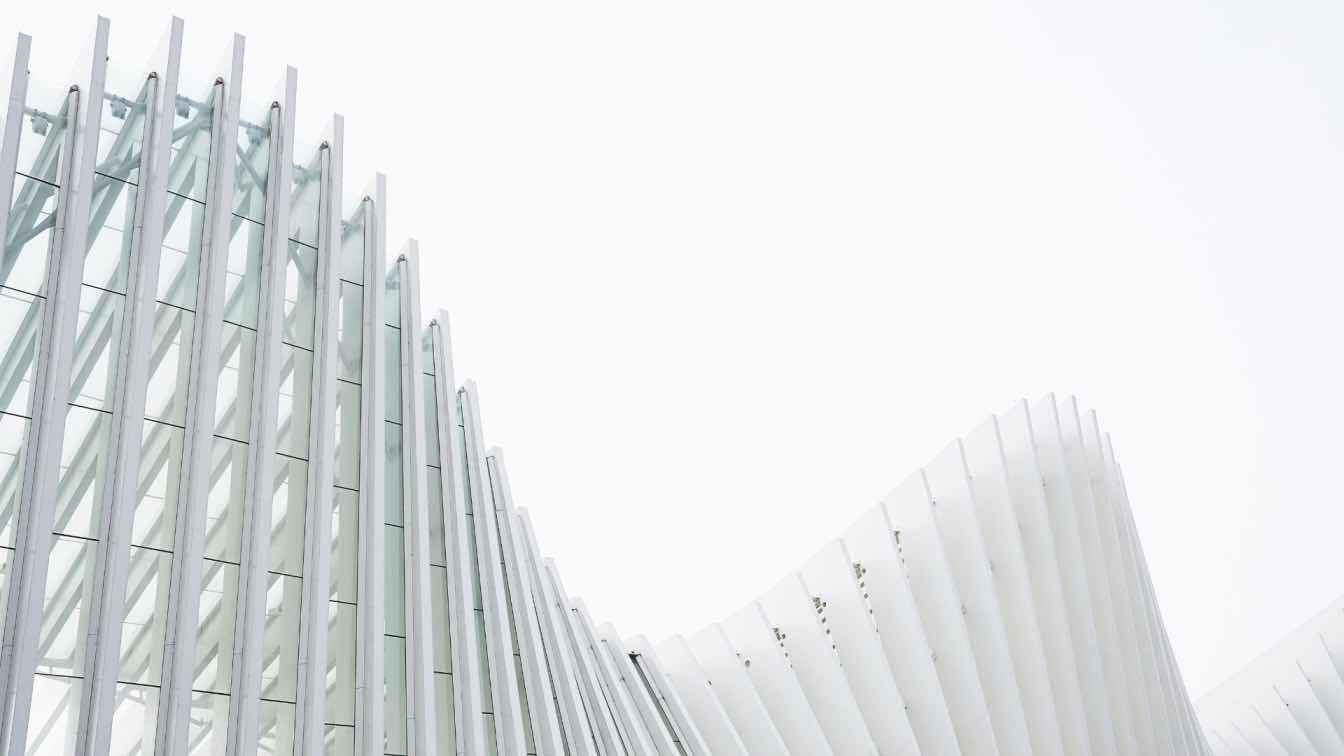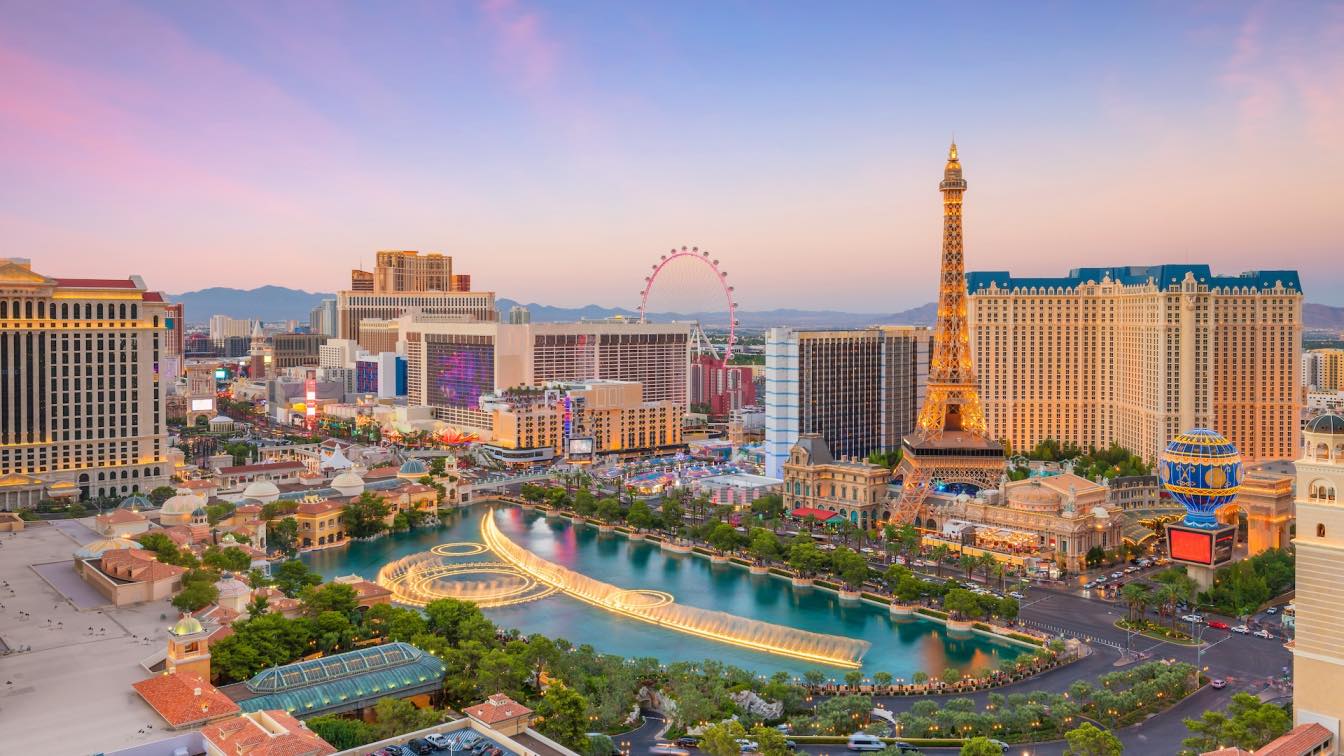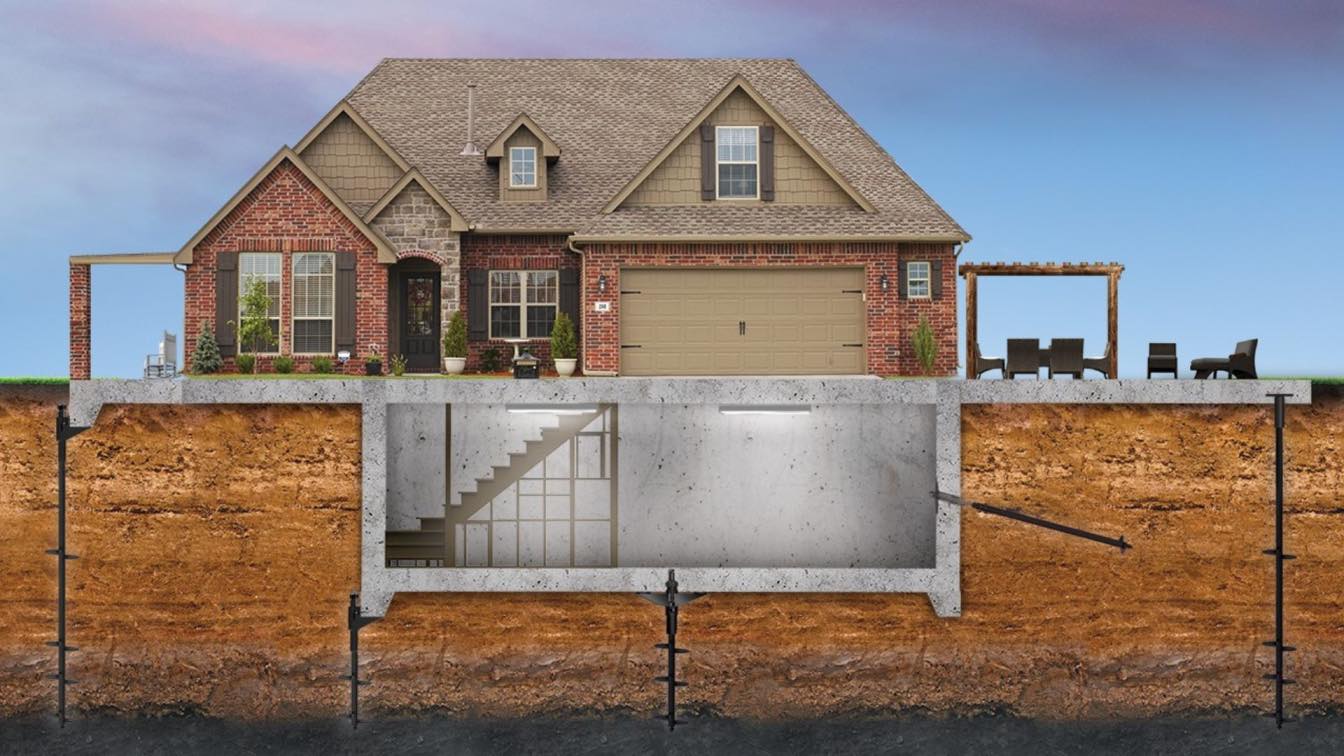Architecture is more than just a means of creating functional structures. It plays a vital role in shaping the way we live, work, and interact with one another. Thoughtful urban design can influence daily living conditions, promote social interaction, and create vibrant public spaces, fostering a sense of community in increasingly dense urban environments. As developers and architects focus on the needs of the next generation, they are rethinking how residential, commercial, and public spaces come together to improve urban living.
This article explores the intersection of architecture, lifestyle, and community. We examine how design impacts urban living conditions, spotlight developers like Core Development and Property Markets Group, and discuss the innovative projects emerging in cities like Nashville.
The Relationship Between Architecture and Lifestyle
Architecture as a Social Catalyst
Architecture has the unique ability to influence human behavior and social interaction. In cities, well-designed spaces can encourage community-building and foster stronger connections among residents. Open spaces, shared amenities, and thoughtful layouts invite people to come together, transforming urban areas into thriving social hubs.
A good example of this is the inclusion of outdoor amenity spaces in residential developments. These areas provide residents with common spaces to relax, socialize, and engage with their neighbors. In this way, architecture acts as a social catalyst, promoting engagement and collaboration among city dwellers.
Core Development’s Vision
Core Development has been at the forefront of reshaping urban spaces to encourage healthier, more engaged lifestyles. By designing open, flexible environments that balance private and communal spaces, developers like Core Development are helping cities transition into more livable, connected environments. Their focus on creating open spaces and integrating amenities that foster social interaction is transforming how people experience urban living.
Urban Living: Residential Towers and the Future of Housing
Designing Homes for the Next Generation
The design of residential towers is evolving to meet the needs of modern urban dwellers. With space at a premium in growing cities, developers are creating homes that emphasize both private living and community engagement. Open-plan apartments with shared amenity spaces provide a balance of personal privacy and social interaction, appealing to the next generation of city residents.
Shared spaces like rooftop gardens, gyms, and communal lounges create opportunities for residents to connect, while open-plan designs in individual units offer flexibility in how living areas are used. These designs cater to a lifestyle that values community and connection but also respects individual privacy.
The Role of Residential Developers
Leading developers like Core are shaping the future of residential living by prioritizing these innovative designs. Their projects incorporate communal areas within residential towers, encouraging interactions between neighbors while maintaining the privacy that city residents expect. This balance is key to creating harmonious urban communities.
Nashville as a Case Study
Nashville development offers a case study of how modern design principles are being applied to foster community in city living. Projects such as those in Nashville Yards are leading the way by creating residential towers that include outdoor amenity spaces and shared facilities, fostering a sense of community in the heart of downtown. These developments show how architecture can shape a city’s identity by prioritizing social engagement.
Mixed-Use Developments: Integrating Living, Working, and Leisure
Blurring the Lines Between Commercial and Residential Spaces
The rise of mixed-use developments is transforming urban landscapes by seamlessly integrating living, working, and leisure spaces. These developments blur the lines between commercial and residential zones, offering a cohesive environment where residents can work, shop, and relax without needing to travel far.
Mixed-use developments enhance the quality of life by providing convenient access to essential services and leisure activities. Residents can live in close proximity to their workplaces, grocery stores, and entertainment options, reducing the need for long commutes and fostering a more balanced lifestyle.
Nashville Yards and Church Street: Models of Mixed-Use Development
Nashville Yards and Church Street stand as models of successful mixed-use developments. These projects incorporate retail towers, office towers, and residential units into a single cohesive environment. By integrating retail space with residential and office areas, they create vibrant, dynamic spaces that offer more than just a place to live or work, they become hubs of activity and community.
Commercial Spaces: Enhancing Urban Experience
Flexible Retail and Commercial Space Designs
Retail and commercial spaces are also evolving in response to changing consumer behavior and work culture. Modern commercial spaces are designed to be flexible and adaptable, with open layouts that allow for a range of activities. Retail spaces, for instance, are becoming more experience-focused, offering not only shopping but also dining and entertainment options within the same location.
Meeting Spaces and the Evolving Office Tower
Office towers are being reimagined to accommodate new ways of working. Open-plan office spaces, meeting rooms, and coworking areas allow for collaboration and flexibility, reflecting the shift toward more dynamic, adaptable work environments. The rise of hybrid spaces that combine work, leisure, and shopping in a single location is changing the way we think about commercial spaces.
Developers like Hensler Development Group are leading the charge in creating multi-purpose spaces that serve both businesses and the wider community. These projects cater to the growing demand for spaces that support work-life balance and enhance the urban experience.
Public and Outdoor Amenity Spaces: Building a Sense of Community
The Importance of Open Spaces in Urban Design
Public spaces and outdoor amenity areas play a crucial role in shaping urban environments. These spaces provide residents with areas for relaxation, recreation, and social interaction, contributing to overall well-being. Open spaces break up the density of urban areas and create breathing room, making cities more livable.
Innovative Use of Public Spaces in Nashville
Nashville is setting an example for how cities can incorporate public spaces into high-density developments. The Nashville Yards development, for instance, integrates public green spaces with residential and commercial areas, creating a seamless connection between the built environment and nature. These spaces foster community engagement, improve residents' quality of life, and make the city a more attractive place to live.
Infrastructure and Mobility: Rethinking Transportation and Parking
The Role of Parking Garages in the New Urban Landscape
Parking garages are also being reimagined as multi-use spaces in modern urban design. No longer just places to store cars, these structures now serve as retail hubs, pedestrian walkways, and even public gathering areas. This shift reflects a broader trend toward reducing car dependency in urban areas.
Creating a Pedestrian-Friendly City
Modern urban design increasingly prioritizes pedestrians over cars, creating walkable environments that encourage social interaction and promote healthy lifestyles. Biking infrastructure, reduced car dependency, and pedestrian-friendly streetscapes are key components of this shift, fostering closer-knit communities and reducing the environmental impact of urban living.
Property Owners and Developers: Shaping the Future of City Living
The Role of Property Owners in Shaping Urban Environments
Property owners are crucial in embracing new architectural trends that focus on creating open, community-oriented spaces. Investments in developments that prioritize social interaction and sustainability not only increase property value but also contribute to the long-term success of urban areas.
Leading Developers Driving Change
Core Development and Hensler Development Group are among the key players driving this transformation. Their projects focus on creating urban environments that prioritize community engagement, sustainability, and adaptability. By leading the charge in innovative architectural design, they are shaping the future of city living.
The Future of Urban Design: Trends and Predictions
New Trends in Urban Design
Looking forward, urban design will continue to evolve to meet the changing needs of city dwellers. Emerging trends include smart buildings, sustainable construction techniques, and more flexible spaces that can adapt to different uses over time. Mixed-use developments will play a central role in creating integrated living environments that blur the lines between work, leisure, and home life.
Challenges and Opportunities Ahead
While the future of urban design is promising, there are challenges to overcome. Zoning regulations, rising construction costs, and environmental concerns must all be addressed by developers and architects. However, these challenges also present opportunities for innovation and creativity in design, particularly in growing cities like Nashville.
Conclusion: Summing Up the Impact of Architecture on Lifestyles
Architecture and urban design profoundly influence how we live, work, and interact with one another. By creating spaces that promote social interaction, foster community, and enhance quality of life, developers are shaping the cities of tomorrow. Projects led by developers like Core Development and Property Markets Group are setting new standards for urban living, particularly in cities like Nashville, where innovative design is helping create more connected, livable communities.
As we look to the future, it is clear that thoughtful, inclusive design will be key to meeting the needs of the next generation. By creating environments that foster community and improve living conditions, urban designers and developers are shaping the future of city living.





